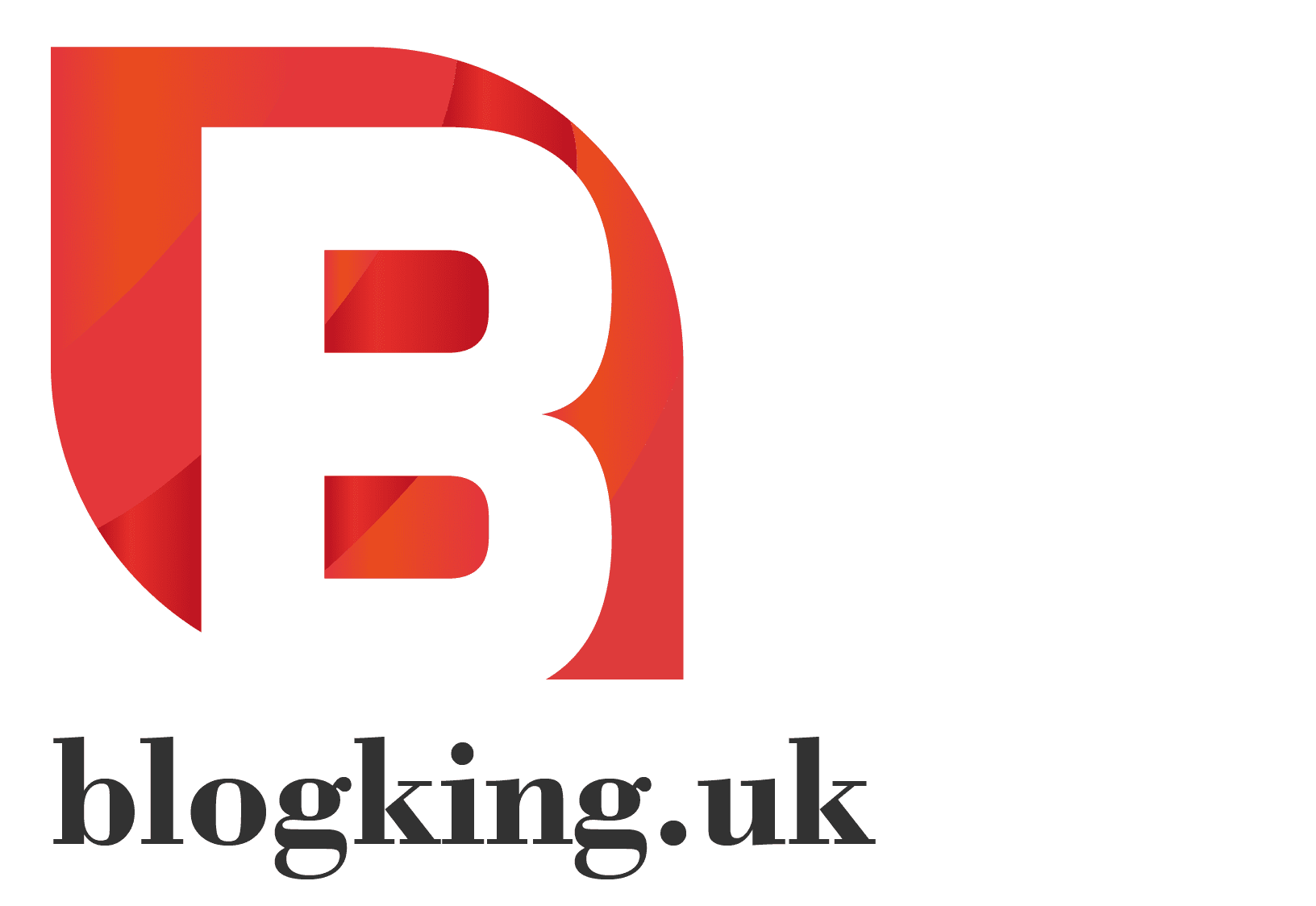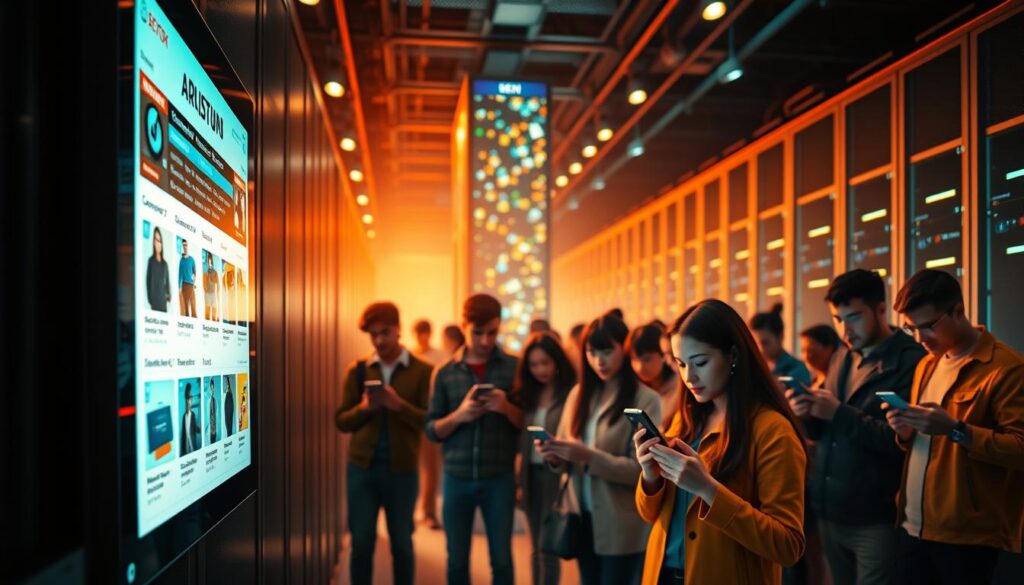In today’s world, making marketing personal is key for businesses. It helps them connect better with customers and increase sales. The COVID-19 pandemic changed how people shop, making them want more personal experiences. This article will show you how to make marketing personal, its benefits, and how it can make customers loyal and boost sales.
Table of Contents
Key Takeaways
- Personalization in marketing helps businesses connect with consumers on a deeper level.
- Tailored marketing strategies can significantly improve customer engagement rates.
- Understanding consumer expectations is key for effective individualized marketing.
- Marketing personalisation leads to better customer experiences and satisfaction.
- Adopting customized marketing methods can boost sales and brand loyalty.
- Hyper-personalization is a growing trend that can drive impressive conversion rates.
The Growing Importance of Personalization in Marketing
More and more, people expect brands to know them personally. A huge 71% of consumers now want personalized interactions. This change is due to how we shop online, which has grown a lot during the pandemic.
Companies that get better at personalizing their offers see big wins. They can make up to 40% more money than those who don’t. It’s clear that making things personal is key for brands to succeed in the long run.
Adding personal touches to your marketing can really engage customers. It also helps build loyalty. By knowing what people like, you can make shopping better, helping your business grow in a tough market.
Understanding Consumer Expectations
Today’s shoppers want more from brands than just ads. They’re tired of generic messages, with 76% feeling let down. They want experiences that speak to them personally.
Brands need to get to know their customers. This means looking at who they are, what they like, and what they say. By creating detailed customer profiles, you can make messages that really hit home. It’s also key to choose the right way to reach them. For example, younger people might love social media, while professionals might prefer emails.
Knowing your audience well helps avoid wasting time and money. By targeting the right people, you build strong relationships. This leads to loyal customers who keep coming back. Taking the time to understand what they want is worth it, as they’ll choose brands that listen to them.
For more tips on making your marketing work, check out effective marketing techniques that match what people want.
Benefits of Personalization in Marketing
Personalisation offers many benefits for businesses looking to improve their customer interactions. It boosts engagement and loyalty. Companies that use personalised marketing see better customer experiences and a more loyal customer base.
Increased Engagement Rates
Personalised messages lead to higher engagement rates. Studies show 71% of consumers want tailored interactions, and 76% get frustrated without them. Personalised content makes customers more likely to engage with the brand.
Enhanced Customer Experience
Customised interactions make the customer experience better. Personalisation not only satisfies but also builds loyalty. It leads to better retention and more value over time.
Brands that personalise well grow faster than those that don’t. For more on personalisation’s impact, see this source.
Personalization Strategies to Enhance Customer Engagement
To really connect with customers, brands need strong personalization plans. They must understand what each customer likes through data. This way, they can send messages that hit the mark.
By looking at data from many places, companies can make experiences that speak to each group. This makes their marketing more effective.
Utilising Data and Analytics
Using data is key to good personalization. Brands can use web analytics, CRM systems, and sales data to sort their audience. This helps them see what each customer wants and likes.
With this info, they can make ads that really talk to their audience. This approach boosts customer interaction and sales. It also builds loyalty, as customers feel understood.
| Personalization Strategy | Data Utilisation | Expected Outcome |
|---|---|---|
| Personalized Emails | CRM data to understand preferences | Improved open rates and customer response |
| Targeted Ads | Web analytics for behaviour tracking | Increased click-through rates |
| Customised Landing Pages | Transactional data for tailored content | Higher conversion rates |
For more on making your personalization better, check out this useful guide. Using data to guide your actions will boost your marketing. It’s a step towards lasting success.
Types of Personalization in Marketing
Knowing the different types of personalization is key for brands wanting to boost their marketing. One-to-one marketing is at the top, letting businesses craft unique interactions for each customer. This makes messages personal, boosting engagement and loyalty.
Targeted marketing uses customer groups to send more relevant messages. It looks at who customers are and how they behave. This way, brands can make campaigns that meet individual needs, leading to more conversions.
Individualized marketing takes it up a notch by looking at past customer actions. It changes messages as customer tastes change, keeping marketing fresh. Using these personalization types can greatly improve your marketing results.
Impact of Hyper-Personalization on Sales
Hyper-personalization changes how we personalize content. It gives customers real-time, tailored experiences. This method boosts customer relationships by providing relevant info that meets their specific needs.
It makes messages more engaging, which is key for better sales. This approach ensures that messages hit the mark with buyers, helping to increase sales.
Building Stronger Relationships with Customers
Creating strong bonds with your audience is more than just selling. Hyper-personalization makes interactions more personal, meeting customer expectations. This builds trust and loyalty, the foundation of lasting relationships.
As companies meet these expectations, they see better customer satisfaction and retention. These are critical in today’s competitive market.
Improved Conversion Rates
Studies show hyper-personalization can greatly boost conversion rates. When marketing hits the mark, more people are likely to buy, leading to more sales. Companies that get this right see up to 40% more revenue from personalization.
Adopting hyper-personalization can drive significant growth. It puts businesses ahead in their industries. For more on the sales impact of personalization, check out this valuable resource.
Tools for Effective Personalization
Effective personalization needs a set of tools to make marketing smoother. A customer data platform (CDP) helps gather customer insights from different places. This makes it easier to target and segment customers better.
Web analytics tools like Google Analytics and Adobe Analytics track how users behave. They give valuable data to help make better decisions.
Having the right marketing tech can boost personalization efforts. Content management systems with dynamic features help deliver custom experiences. This makes it easier for brands to connect with their audience.
Using advanced analytics tools can lead to great results. For example, Mixpanel and Ruler Analytics track user interactions and journeys. This data is key for improving marketing strategies.
| Tool | Description | Starting Price |
|---|---|---|
| Google Analytics | Offers detailed traffic insights | Free; $150,000 for enterprise |
| Adobe Analytics | Advanced reporting and machine learning integration | Custom pricing |
| Mixpanel | User interaction analytics | Free; premium starts at £24/month |
| Ruler Analytics | Customer tracking and revenue attribution | Custom pricing |
| Madgicx | Enhances data collection and offers One-Click Reports | Starting at $29/month |
| Supermetrics | Syncs data from over 100 sources | $29 – $599/month |
| Tableau | Provides interactive dashboards with real-time updates | Varying pricing |
| Coupler.io | Offers 200+ integrations for complete reporting | $49/month |
Case Studies of Successful Personalization Efforts
Many brands have shown how personalization can work wonders. One online retailer used a personalized recommendation engine. It used user data to suggest products, boosting sales and making customers happier.
A leading travel company also made a big impact. They customized email campaigns based on what users liked before. This led to more people engaging and booking trips. These stories show how personalization can build strong customer bonds.
Learning from these examples, it’s clear that knowing what customers want is key. Brands that really get to know their audience can offer experiences that make a difference. This leads to better results for the business.
Challenges in Implementing Personalization in Marketing
Personalisation brings many benefits, but it also comes with challenges. One big issue is data privacy. Brands must follow rules like the General Data Protection Regulation (GDPR). They need to get consent from customers and handle their data carefully.
Another problem is combining different data sources. Companies often find it hard to merge data from various platforms. This makes it tough to offer a smooth customer experience. If they can’t do this, their messages might not connect well with their audience.
Keeping data accurate is also a challenge. Bad data can lead to wrong strategies and unhappy customers. Brands need to use strong data management systems to keep their data up to date.
There’s also a risk of relying too much on automation. While it makes things more efficient, it can make interactions seem less personal. Finding the right mix between automation and real human touch is key to building strong customer relationships.
Future Trends in Marketing Personalisation
The world of marketing personalisation is changing fast. AI is set to make hyper-personalisation even better. This means brands can offer experiences that really speak to their customers. To stay ahead, businesses need to keep improving customer experiences.
Brands will use advanced data analytics and AI to get better at personalisation. These tools help understand what customers like, leading to better ways to connect with them. For example, emails that match what customers want can greatly increase open rates.
Staying up-to-date with marketing personalisation trends is key. Customers want real and relevant interactions. With 85% of people wanting to know how their data is used by AI, brands must be open about this. Using data well can really boost a company’s standing.
Think about how AI insights can boost your marketing. Using customer data wisely can increase engagement and help your business grow. To learn more about using AI in marketing, check out this resource.
Conclusion
Personalization in marketing is not just a trend. It’s a key strategy for better customer engagement and sales. As you learn about changing consumer habits, the need for personalized experiences will grow. Knowing how to use data to personalize will help you build stronger bonds with your customers.
Brands can see big gains by personalizing their offerings. Amazon and Netflix show how personalized suggestions can boost sales and loyalty. This shows that meeting customer needs is key to the future of marketing.
Embracing personalization is essential for your business. Marketing strategies will depend more on personalization. It’s important to start using these methods now to stay ahead. For more on personalization and its impact, check out this article.








